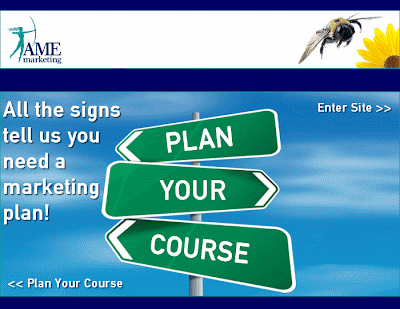Following on from our discussion on Tuesday about market research, this Just Try It Out will look at how to actually conduct one method of qualitative research, focus groups.
Focus groups are basically in-depth interviews with a group of between six and ten respondents. When descriptive and detailed information about opinions is needed, focus groups can be extremely useful. The only downside is that this activity can be difficult to manage. As with everything however, you’ll find it easier with practice and our tips below should also help you along the way.
Plan and prepare
As with any marketing activity, you should firstly think about what you want to achieve and formulate a set of objectives. This will then allow you to write a topic guide for the activity. This will form the structure of the focus group, so take time to get the guide right and do it well in advance. Next, set a time and place for the focus group that is conducive and comfortable. The activity should last for approximately sixty to ninety minutes, so ensure that you can progress through all of the proposed agenda in this time. Make sure that you have access to recording equipment; you cannot take notes and moderate effectively at the same time. And, test the equipment beforehand.
Recruit and Confirm
Postal, telephone and face-to-face invitation methods would all be advised when recruiting participants for the group. An incentive of some sort, perhaps financial, may also encourage participants to take part. A word of warning however, be choosy when recruiting. Remember that the group’s characteristics should represent those of your target market. Yet it is a good idea to keep a few potentials at hand in case of last minute cancellations. Confirming attendance a few days beforehand should avoid any problems.
Facilitate and Participate
Before the activity commences, introduce yourself and your role as moderator. Once you have begun, it is your job to make sure that you progress through your topic guide and stick to the issues at hand. You will also have the responsibility of ensuring that all members of the group have an equal opportunity to contribute and express their opinion. Therefore, be prepared to interrupt those who are hogging the floor and encourage the quieter members of the group to state their viewpoints.
Review and Conclude
As you go along, review what the group has discussed to make sure there have been no misunderstandings. Simply repeat what has been said at the end of each issue and ask for clarification if needed. Alternatively, you may wish to wait until the end to summarise in order to ensure the smooth flow of discussion from one issue to the next. After this, all that’s left to do is conclude the meeting with a thank you to everyone who took part.
Analyse the data
Now it’s back to the office to transcribe the session. Once this has been done, the most important issues raised in the group can be picked out and perhaps used to inform further primary research.
So, why not try it out. You can gain a lot of valuable information and you never know, you might even have some fun in the process!
Labels: Just Try It Out, Marketing Tips
 'Plan Your Course'
'Plan Your Course' 'No Direction'
'No Direction' 'Rock and a Hard Place'
'Rock and a Hard Place'






